Cape Town: 8 things to do and see for the design-minded traveller
Cape Town is a capital of art, design, food and wellness; local resident Sean O’Toole on the best things to do and see, from a Bree Street meander to a Constantia wine route
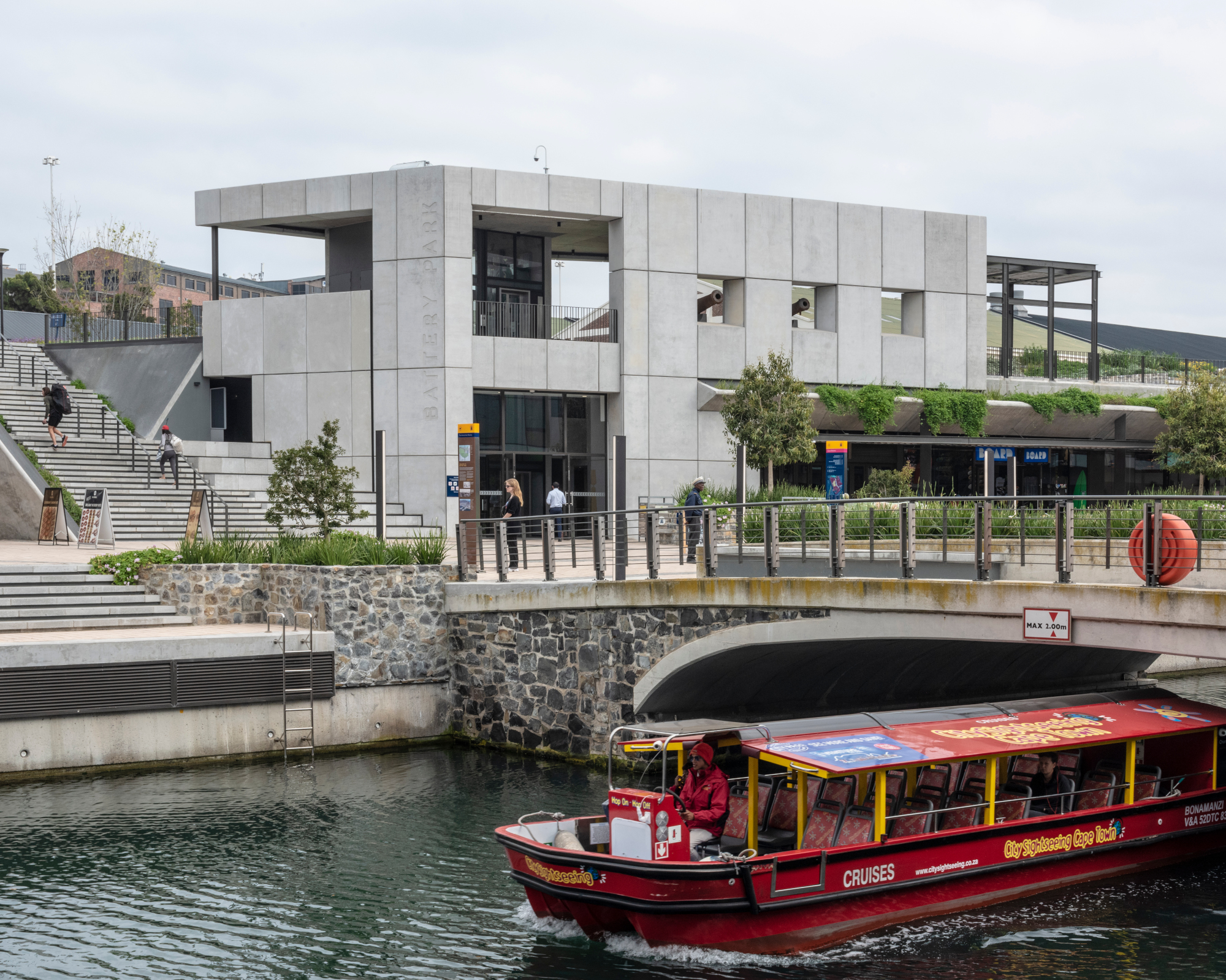
Summer is slow to arrive in Cape Town, but once it announces itself, always with delicate spring blooms, South Africa’s oldest city is revitalised and ready to serve. Framed by the enormous Table Mountain, Cape Town offers pleasure-seekers a heady mix of abundant nature and bustling cosmopolitanism. It is the country’s art, design, food and wellness capital, says author and curator Sean O’Toole, a long-time resident.
Late summer is especially social, with the Cape Town Art Fair (17-19 February 2023), now in its tenth year, part of a vibrant art scene that includes the Thomas Heatherwick-designed Zeitz Museum of Contemporary Art Africa. The city is equally renowned for its outstanding dining options, as well as spas with spoil-yourself views of ocean, mountain, harbour and vineyard.
Explore some of Cape Town's coveted secrets
SAD Studio
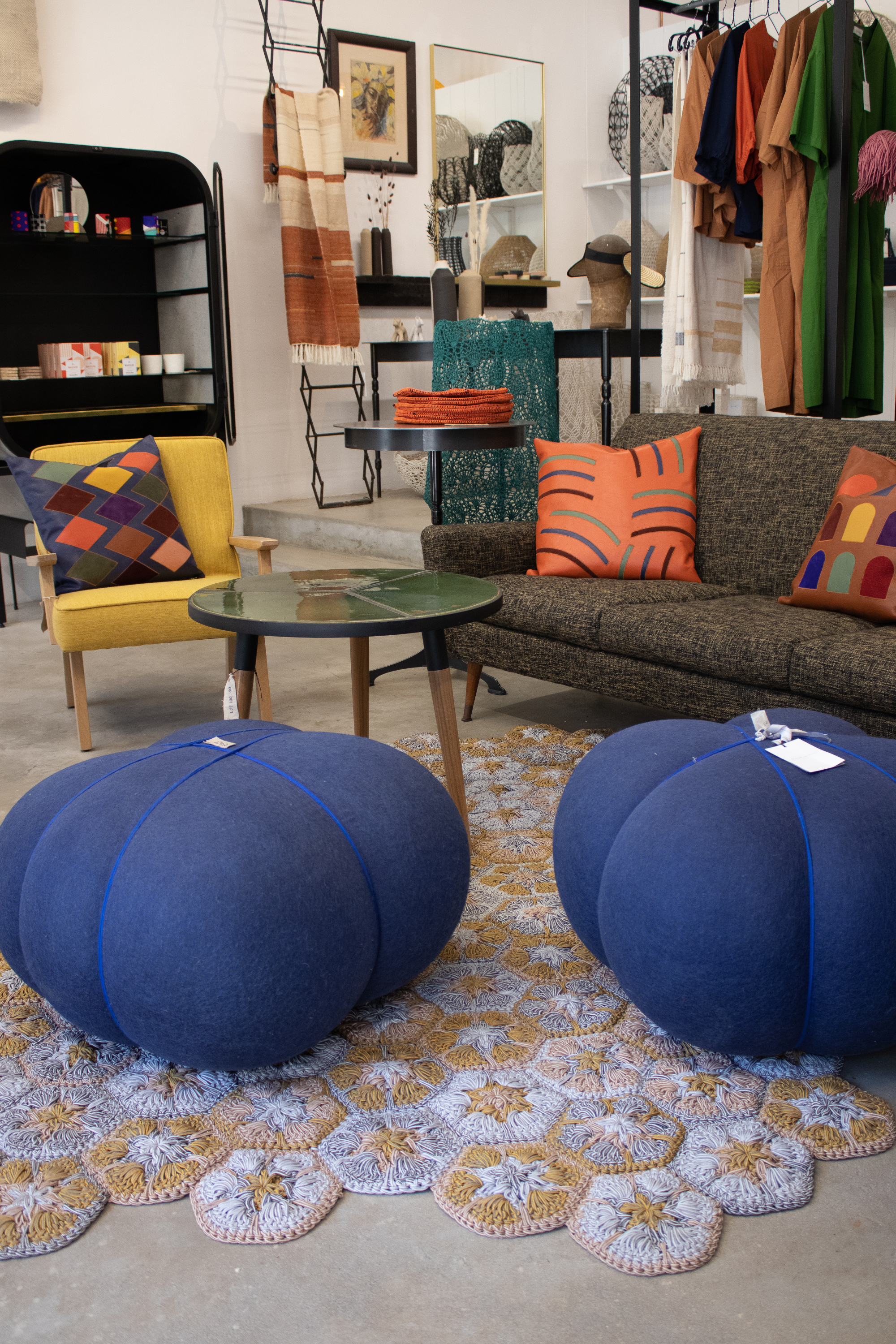
SAD Studio’s new Cape Town store in the Old Cape Quarter, De Waterkant
This design concept store, located in the refurbished Old Cape Quarter, forms part of De Waterkant’s patchwork of luxe boutiques and fashionable pieds-à-terre. SAD – a jokey contraction of ‘South African design’ – stocks small editions by regional designers and artists. A handmade philosophy pervades its offering of fashion, jewellery and home interiors, curated by art dealer and restaurateur Baylon Sandri. Frances van Hasselt’s hand-woven mohair womenswear (South Africa is the largest mohair producer in the world), and artist Margaret Courtney-Clarke’s Swakara wool carpets, produced with weaver Moses Helao from fibres from Namibian sheep, are good examples of its small-batch, collaboratively produced luxuries.
The Gin Bar
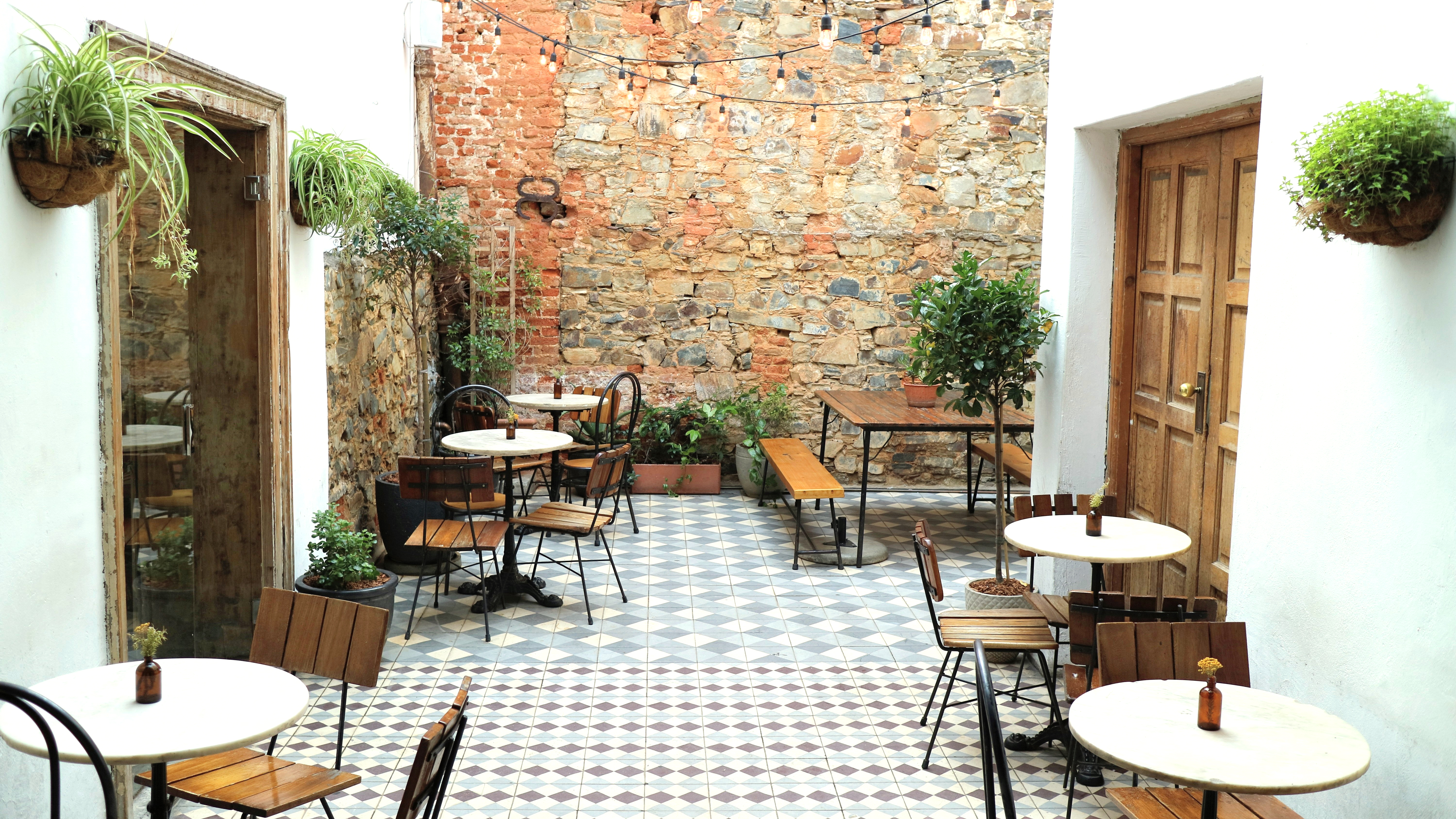
The Gin Bar’s courtyard links two historical townhouses
Initially an add-on to a trendy art gallery, now defunct, The Gin Bar has proven a durable favourite with Cape Town’s capricious smart set. Entered via Honest Chocolate Café, the premises are an amalgamation of various historical buildings, including a former funeral home. The jumbled layout, which includes an attractive courtyard and tiered indoor setting, corresponds with the upcycled aesthetic of the furnishings. Gin is de rigueur. The menu includes 80 local varieties, but it's the five signature ‘remedies’ that charm. Ambition, a juniper-based gin cocktail, is the most popular. The bar also stocks local wines and imported tipples.
Battery Park
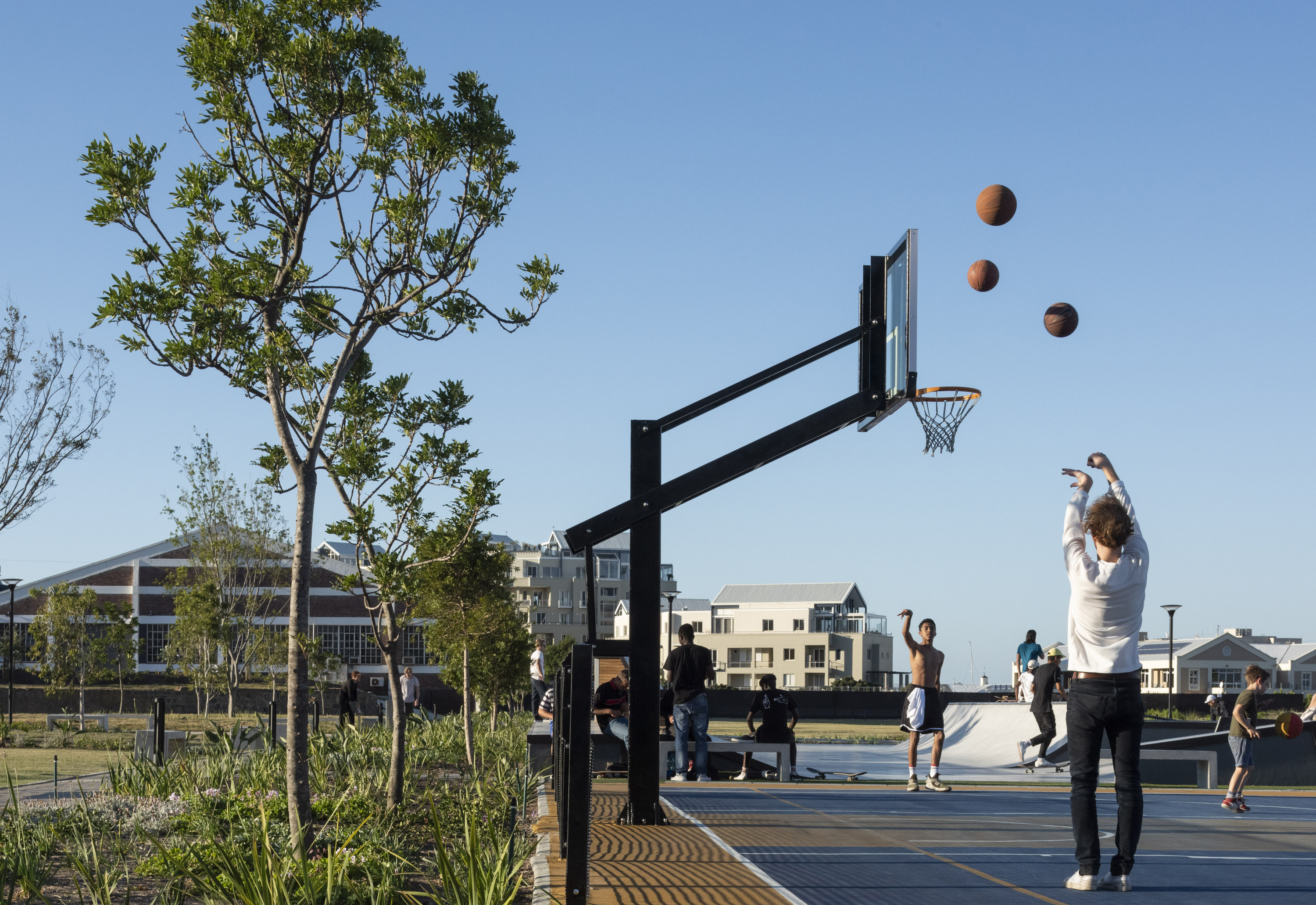
The basketball court at Battery Park in Cape Town
Designed by local architectural practice DHK, this pedestrian-friendly urban park and heritage site at a busy junction connects the lower city centre with the sprawling Victoria & Alfred Waterfront mall development. The elevated site was historically important. The stone buildings are remnants of Amsterdam Battery, named for the maritime fortifications erected by Dutch settlers in 1784. The elevated urban sports area tactfully conceals a 1,206-bay parking lot. Semi-circular curved walkways map the footprint of the original fortification and descend to eleven canal-side retail units. The canal is swimmable.
Wallpaper* Newsletter
Receive our daily digest of inspiration, escapism and design stories from around the world direct to your inbox.
The Spa at Twelve Apostles
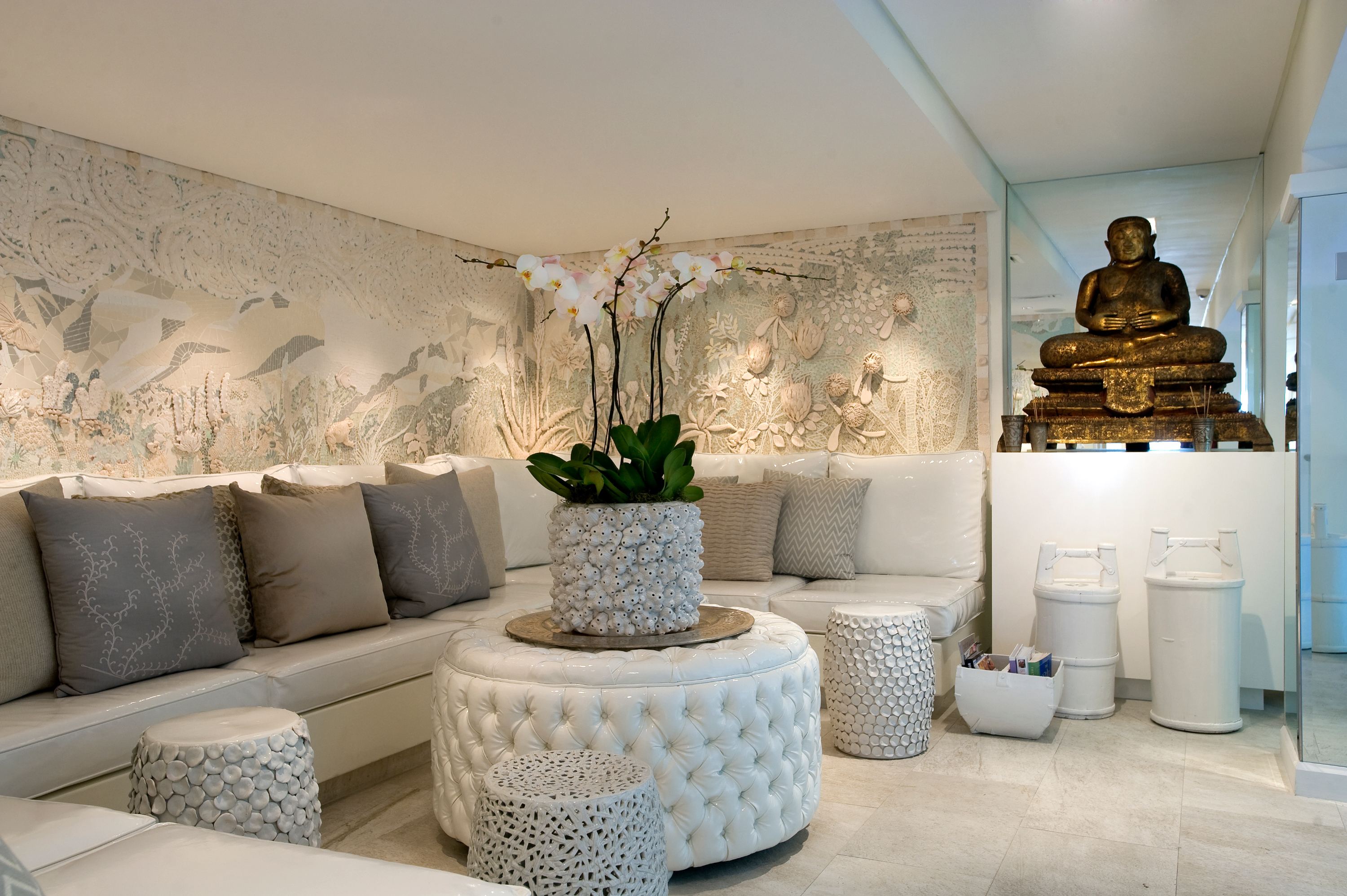
The registration lounge at Twelve Apostles Spa
Cape Town is less a city than a series of atomised hamlets, but this secluded destination stands apart. Situated on an unspoilt Atlantic Ocean coastal road between the ritzy suburbs of Camps Bay and Llandudno, the location – formerly a private home – was transformed into a hotel in the 1990s. Owner Toni Tollman oversaw the tranquil design of The Spa, a later feature, selecting the muted tones of the all-white crystal grotto. The menu includes a saltwater flotation pool, Arabic rasul chamber and – exclusively in Cape Town – Tata Harper face and body treatments, but it is the two mountain gazebos that define its allure.
12apostleshotel.com
@12apostleshotel
Between Us
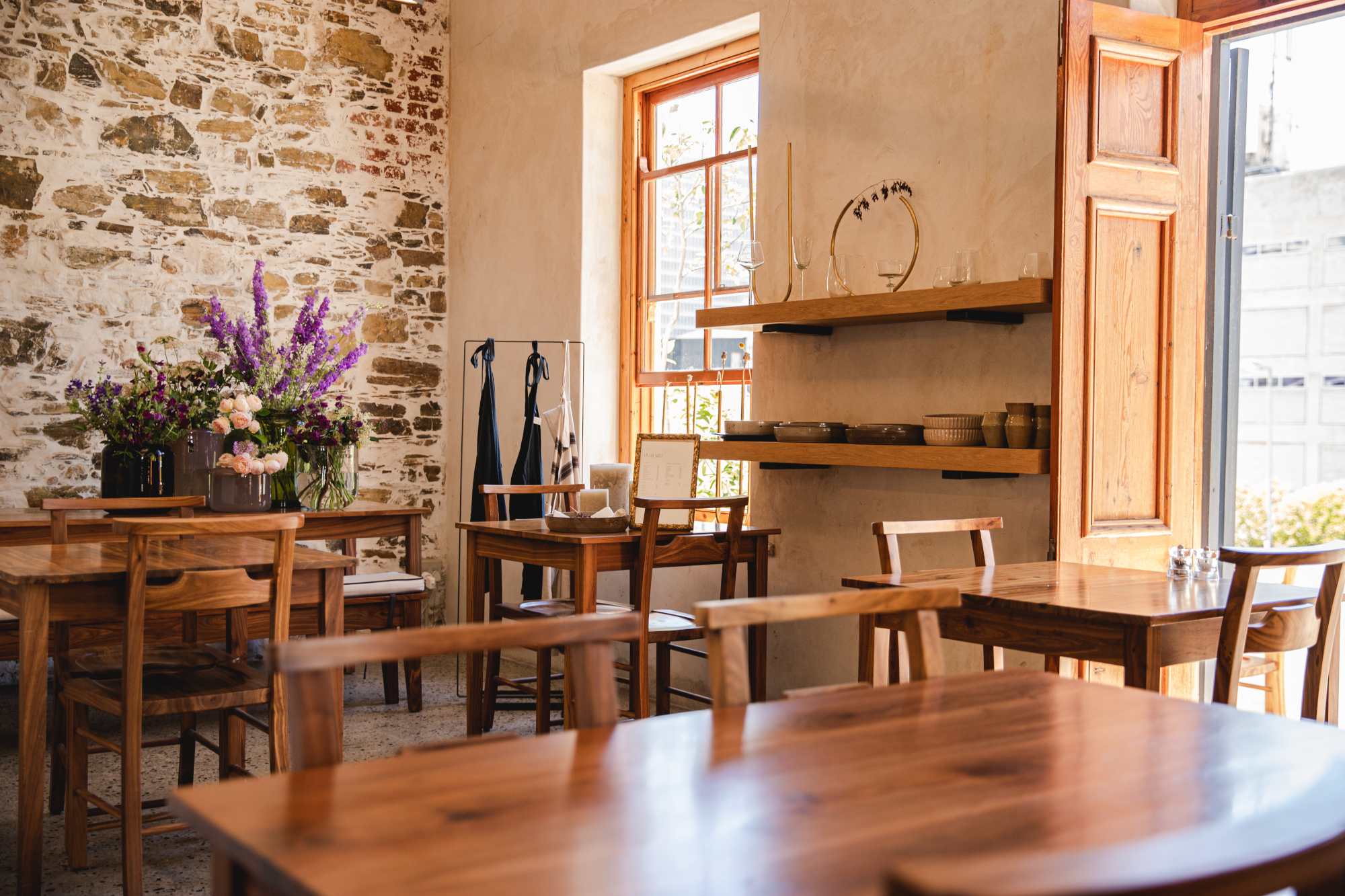
Between Us on trendy Bree Street
This cult bistro occupies a refurbished Victorian home on fashionable Bree Street. The unfussy but refined naturalism of the interiors – exposed Cape sandstone walls, dark-wood furniture on grey terrazzo flooring, exquisite cut flowers – reflects the tastes of its founders, twin sisters Jesse and Jamie Friedberg. Roles are evenly split: Jamie is a quiet force in the kitchen, while Jesse handles the front of house. Breakfast means eggs: try the Persian herb frittata with smoked salmon. The yellow-fin tuna on the lunch and dinner menus is caught locally, and the Chalmar beef is sourced from the respected Wethmar family of farmers. The baked cheesecake alone justifies a visit.
betweenus.capetown
@betweenus.ct
Gorgeous George
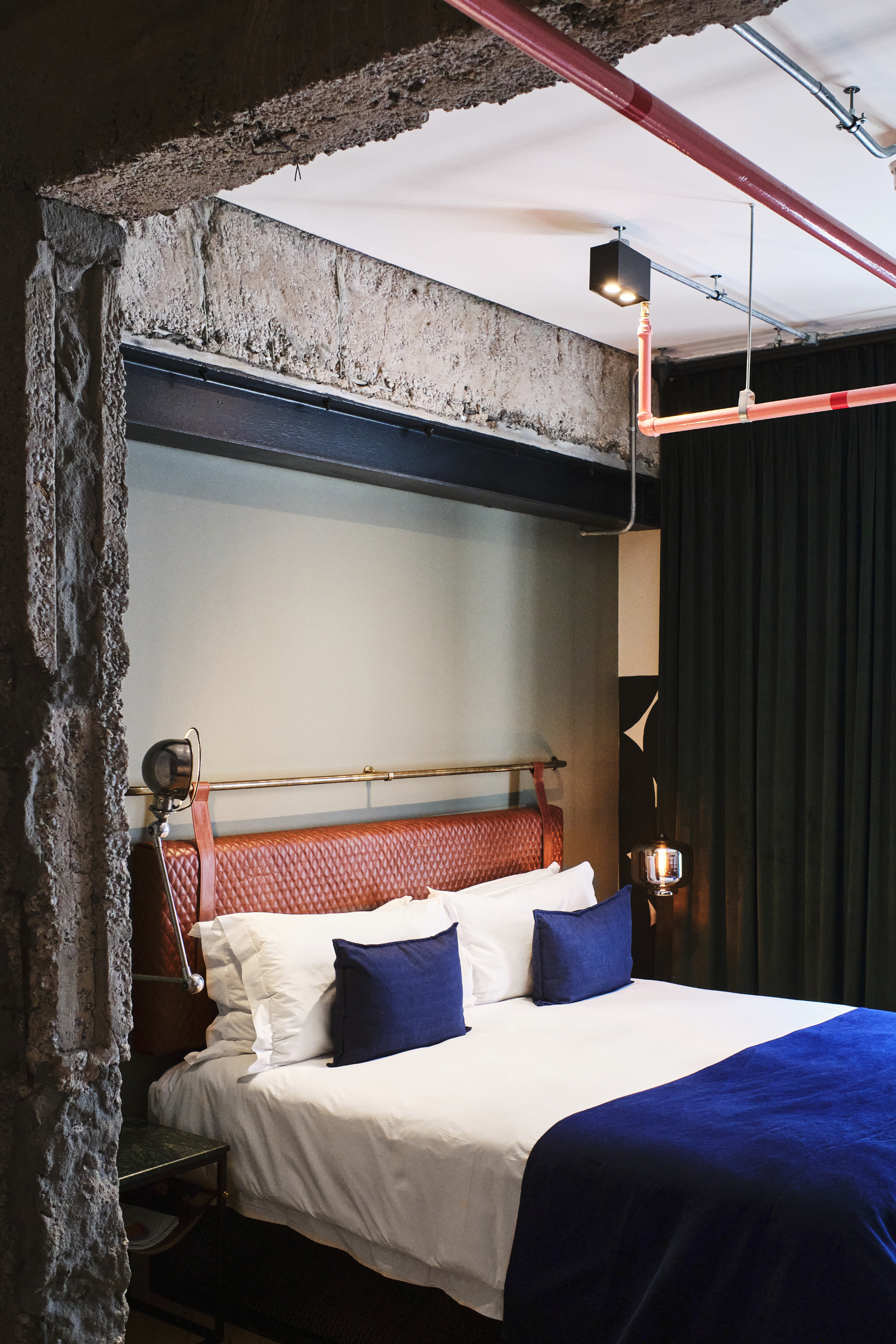
Exposed concrete forms part of the look at Gorgeous George
Located on one of Cape Town’s major walkways, this 32-room urban hotel with a rooftop surprise combines two historical properties, one a former bank. The 2019 revamp subtracted very little from their distinctive art deco and New Edwardian style, culminating in a stripped retro elegance. Art is integral to the experience. Lucie de Moyencourt’s Delftware-style map of Cape Town in the foyer is composed of 1,800 hand-painted tiles. The rooms, while individually styled, all feature exposed concrete, leather headboards and original art, notably by David Brits. The first-floor Pink Room hosts live events. Gigi Rooftop, on the sixth floor, is hugely popular, both for its bistro menu (including wood-fired meats) and cocktails (the signature Gigi Club is a fruity blend of Tanqueray and Cinzano Dry). Timing is crucial: the mosaic pool is best experienced before sunset.
Constantia Wine Route

A view at the chefs warehouse at Beau Constantia
Yes, the nearby towns of Stellenbosch and Franschhoek are premium vinous destinations, but the Constantia Valley has bragging rights as the Cape’s oldest wine-growing region. Start at Steenberg, which produces sparkling wines in the manner of champagne but labels them Methode Cap Classique. Next stop is Uitsig, which has a credible chardonnay and like Steenberg offers reliable casual dining, as well as an outlet of Kristen’s Kick Ass Ice Cream. Wine aficionados may want to head straight for Klein Constantia, home to the storied Vin de Constance, a sweet wine eulogised by two intemperate Frenchmen, Napoleon and Baudelaire, and revived from obscurity in 1990 by the Jooste family, who occupy the historical manor house. The journey ends on a high, literally, at Beau Constantia, a former livestock farm transformed into a luxury winery with a view. Located on an estate known for its audacious private homes by Jon Jacobson of Metropolis Design, the Beau Constantia offshoot of Liam Tomlin’s admired Chefs Warehouse concept is here headed up by star chef Ivor Jones, formerly of La Colombe and Test Kitchen. Tip: bookings for the four-course set menu are essential.
steenbergfarm.com
uitsig.co.za
kleinconstantia.com
beauconstantia.com
metropolisdesign.co.za
Bree Street Meander
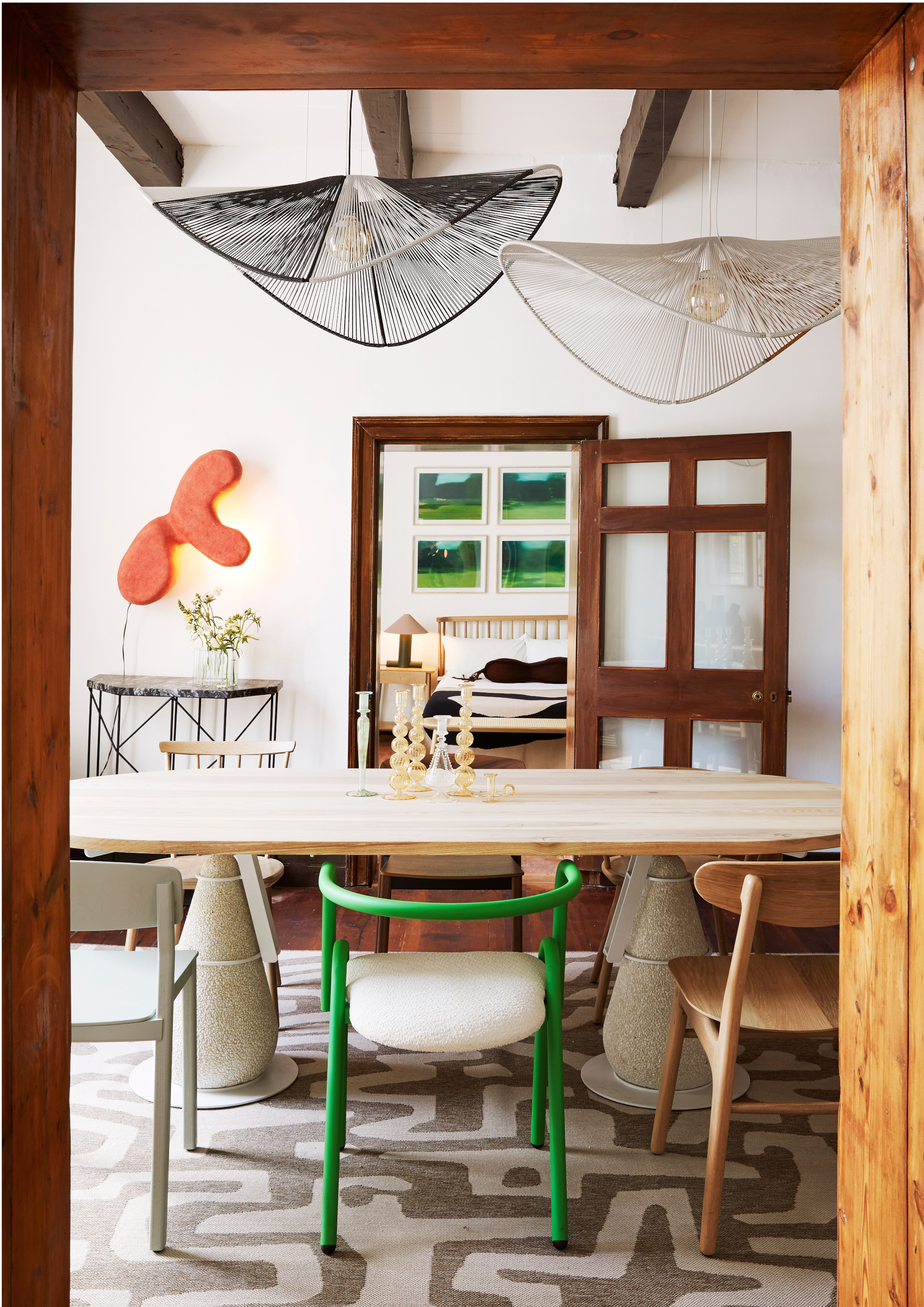
Always Welcome’s showroom in Heritage House off Bree Street
Much has changed in the eight decades since painter Freida Lock’s house at 71 Bree Street was the informal headquarters of the New Group, South Africa’s first painterly avant-garde – Bree Street went vertical. It is home to Cape Town’s tallest building, the 139m-tall Portside by architects Derek Henstra and Louis Karol. For a taste of old Bree, start at the opposite end, at artist and patissier-turned-jeweller Katherine-Mary Pichulik’s gorgeous atelier, near Dear Rae, the must-visit showroom of freckled jeweller Karin Rae Matthee. The next destination is Always Welcome, a Johannesburg multi-brand coop specialising in local homeware that opened a showroom in a restored 18th-century townhouse on Heritage Square. Revive yourself at contemporary diner Clarke’s or Rosetta Roastery, devotees of rare single-origin coffees. Detours are part of the adventure. Church Street, off Bree, is home to ceramics enthusiast Michael Chandler’s eponymous home store; directly opposite, Keith Mehner of KM2K Architecture hosts an occasional showroom.
dearrae.co.za
alwayswelcome.store
chandlerhouse.co.za
rosettaroastery.com
pichulik.com
clarkesdining.co.za
km2k.co.za
Wallpaper* City Guide to Cape Town
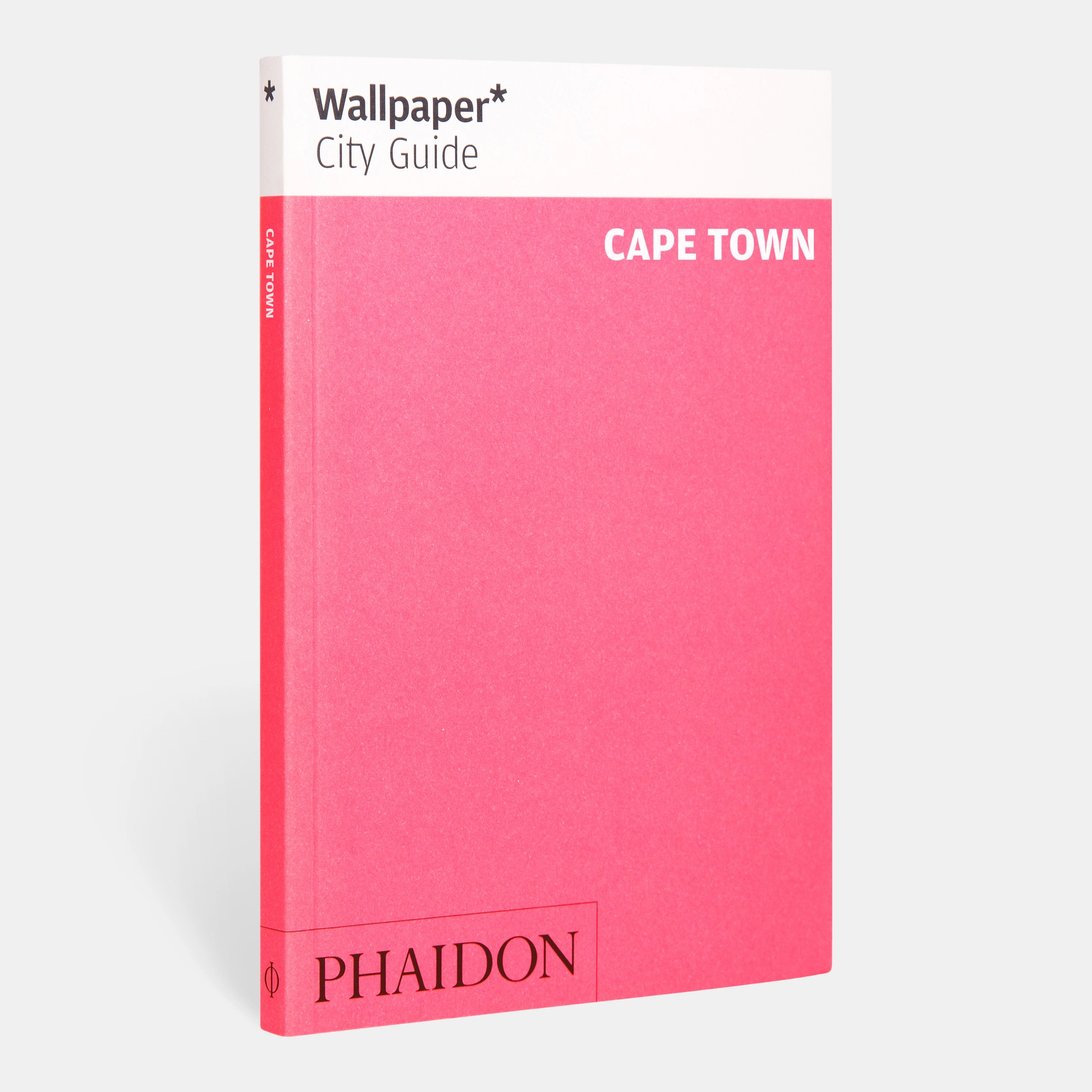
Find out more in the Wallpaper* City Guide to Cape Town, £9.95, phaidon.com
Sean O’Toole is writer, editor and curator based in Cape Town. He has published two books, most recently a 2021 monograph on the expressionist painter Irma Stern, as well as edited three volumes of cultural essays, including 'The Journey: New Positions on African Photography', which received a New York Times critics’ pick for Best Art Books 2021. His exhibition projects include 'Photo book! Photo-book! Photobook!' at A4 Arts Foundation, Cape Town.
-
 Australian bathhouse ‘About Time’ bridges softness and brutalism
Australian bathhouse ‘About Time’ bridges softness and brutalism‘About Time’, an Australian bathhouse designed by Goss Studio, balances brutalist architecture and the softness of natural patina in a Japanese-inspired wellness hub
By Ellie Stathaki
-
 Marylebone restaurant Nina turns up the volume on Italian dining
Marylebone restaurant Nina turns up the volume on Italian diningAt Nina, don’t expect a view of the Amalfi Coast. Do expect pasta, leopard print and industrial chic
By Sofia de la Cruz
-
 Tour the wonderful homes of ‘Casa Mexicana’, an ode to residential architecture in Mexico
Tour the wonderful homes of ‘Casa Mexicana’, an ode to residential architecture in Mexico‘Casa Mexicana’ is a new book celebrating the country’s residential architecture, highlighting its influence across the world
By Ellie Stathaki
-
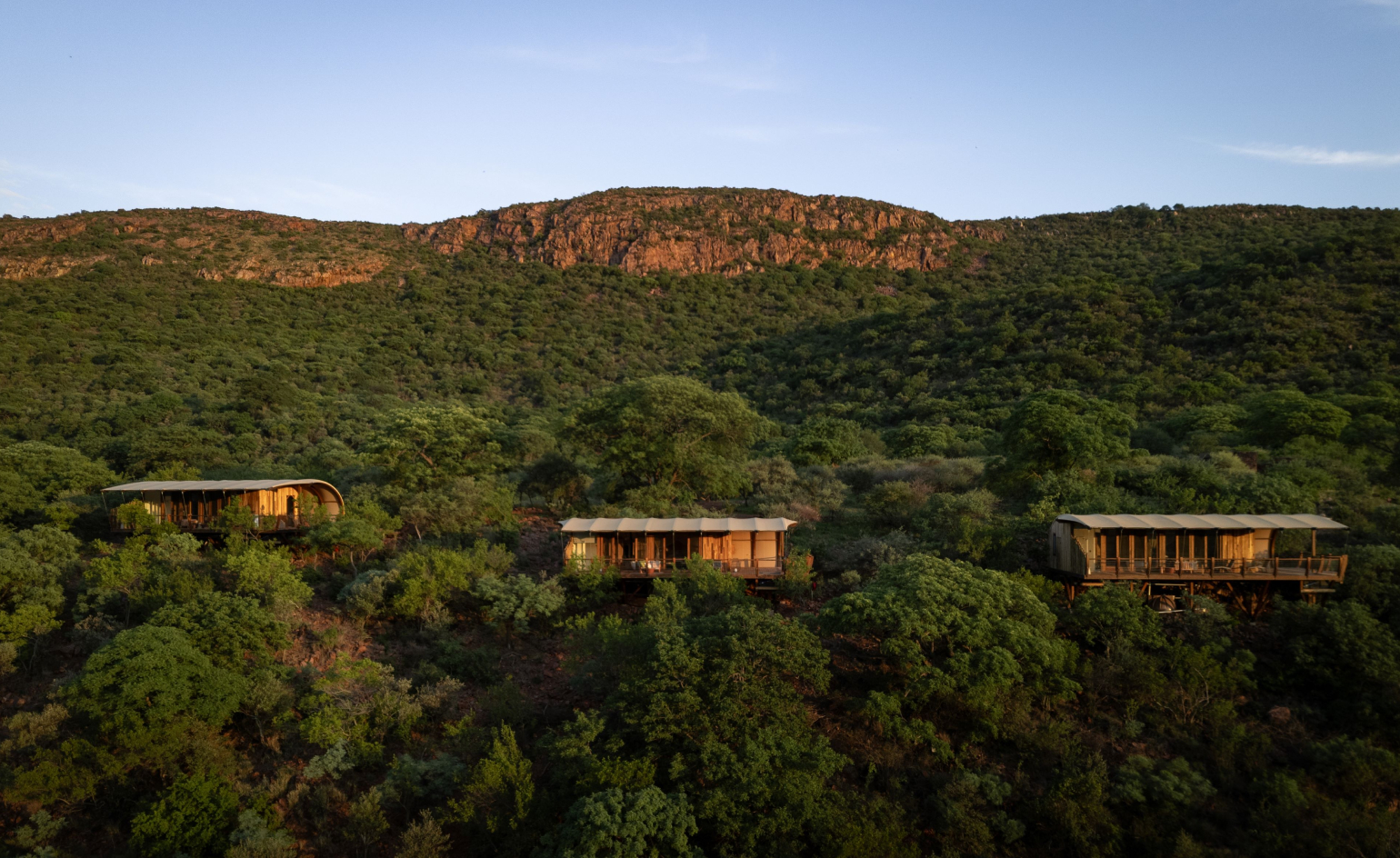 Wallpaper* checks in at Few & Far Luvhondo: an intimate South African eco-lodge
Wallpaper* checks in at Few & Far Luvhondo: an intimate South African eco-lodgeWith just six cliffside suites, Few & Far Luvhondo offers front-row seats to the untamed wilderness of South Africa’s Limpopo
By Celeste Moure
-
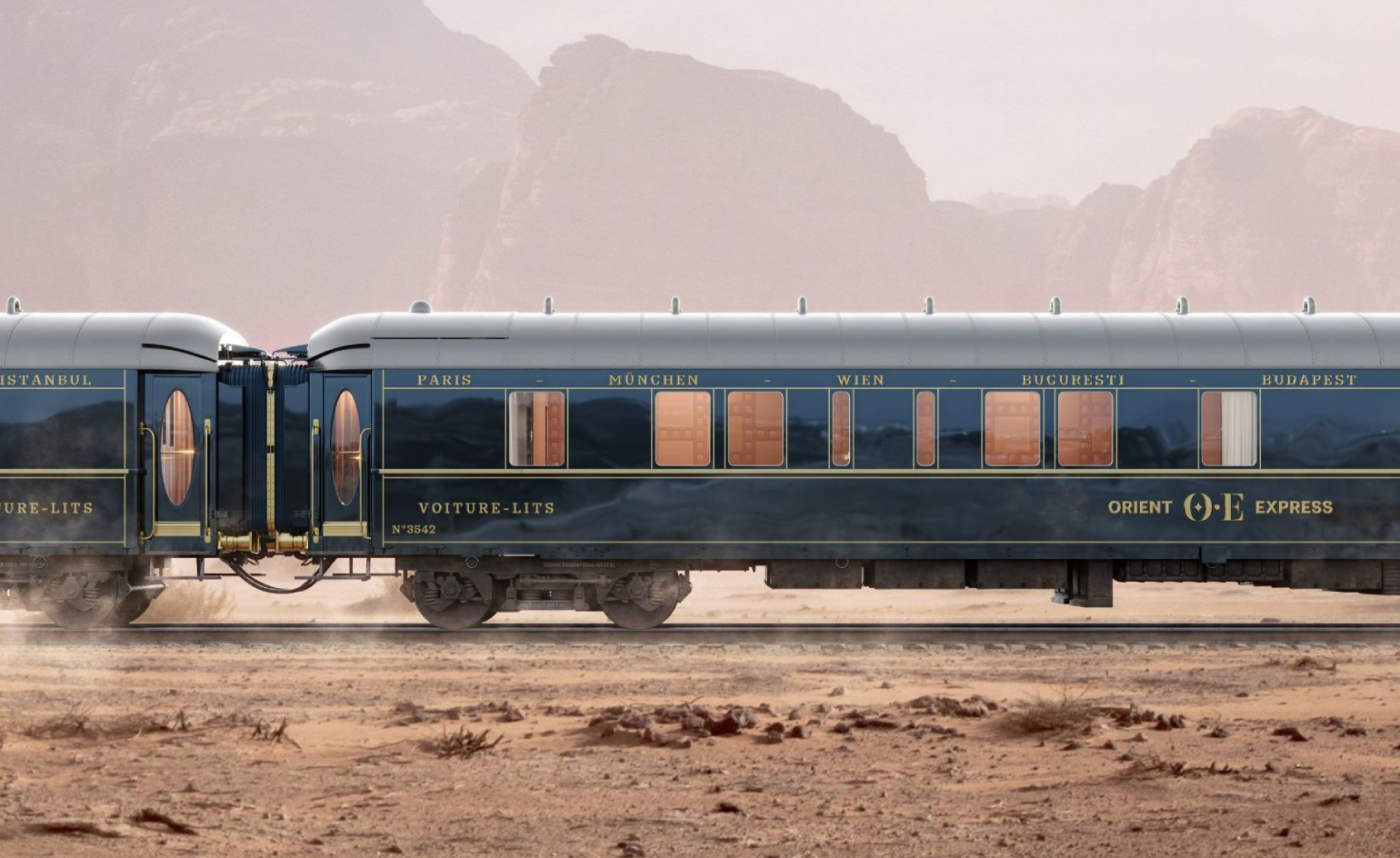 The world’s best new hotels that we’re loving without reservation
The world’s best new hotels that we’re loving without reservationExplore the best new openings in the world, from Orient Express’ La Dolce Vita train and first-ever hotel to Capella’s debut in Taipei
By Nicola Leigh Stewart
-
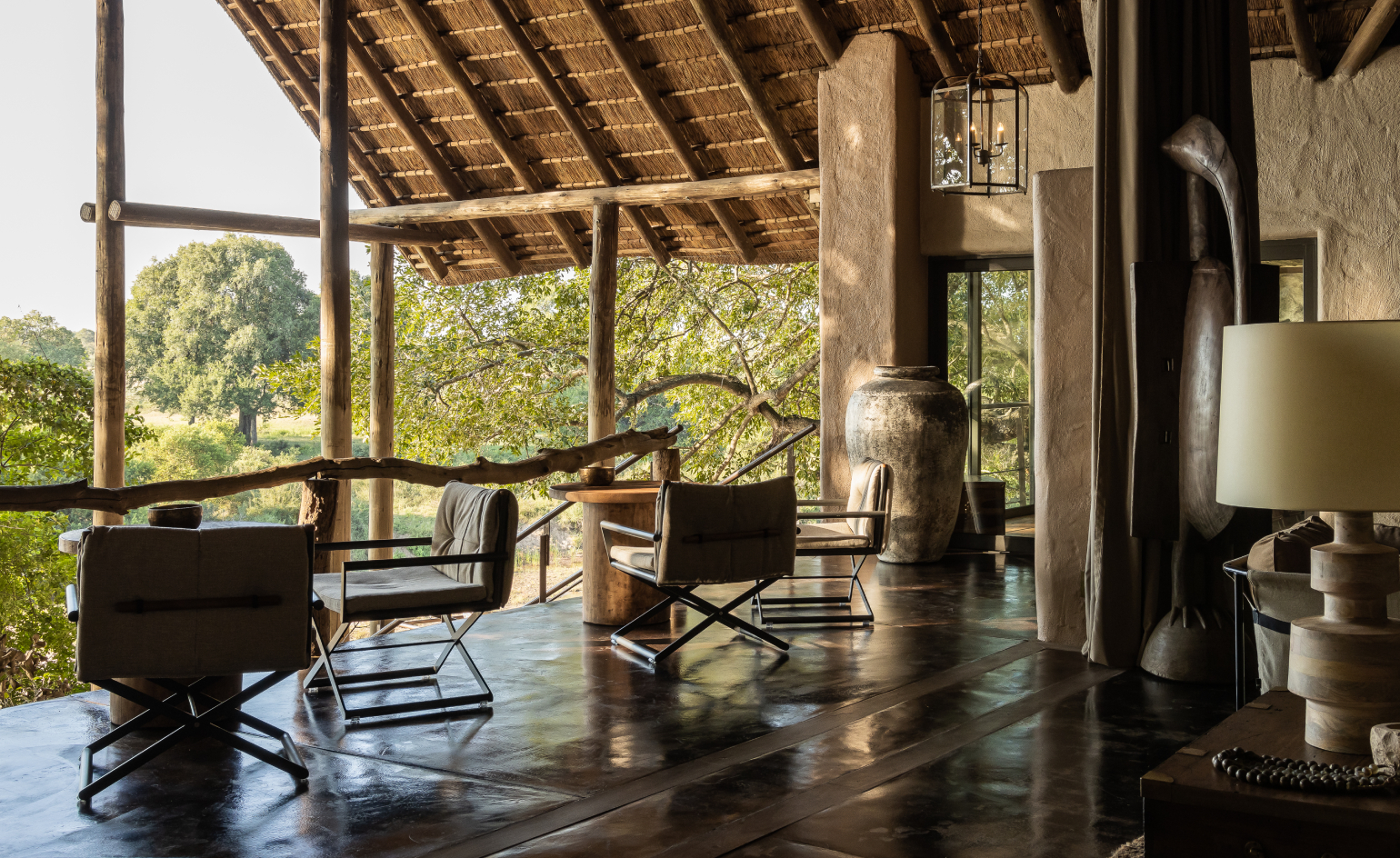 Singita Ebony Lodge celebrates 30 years of wild beauty
Singita Ebony Lodge celebrates 30 years of wild beautySingita Ebony Lodge in Hazyview, South Africa, begins a new chapter with a refresh by Cécile & Boyd
By Luke Abrahams
-
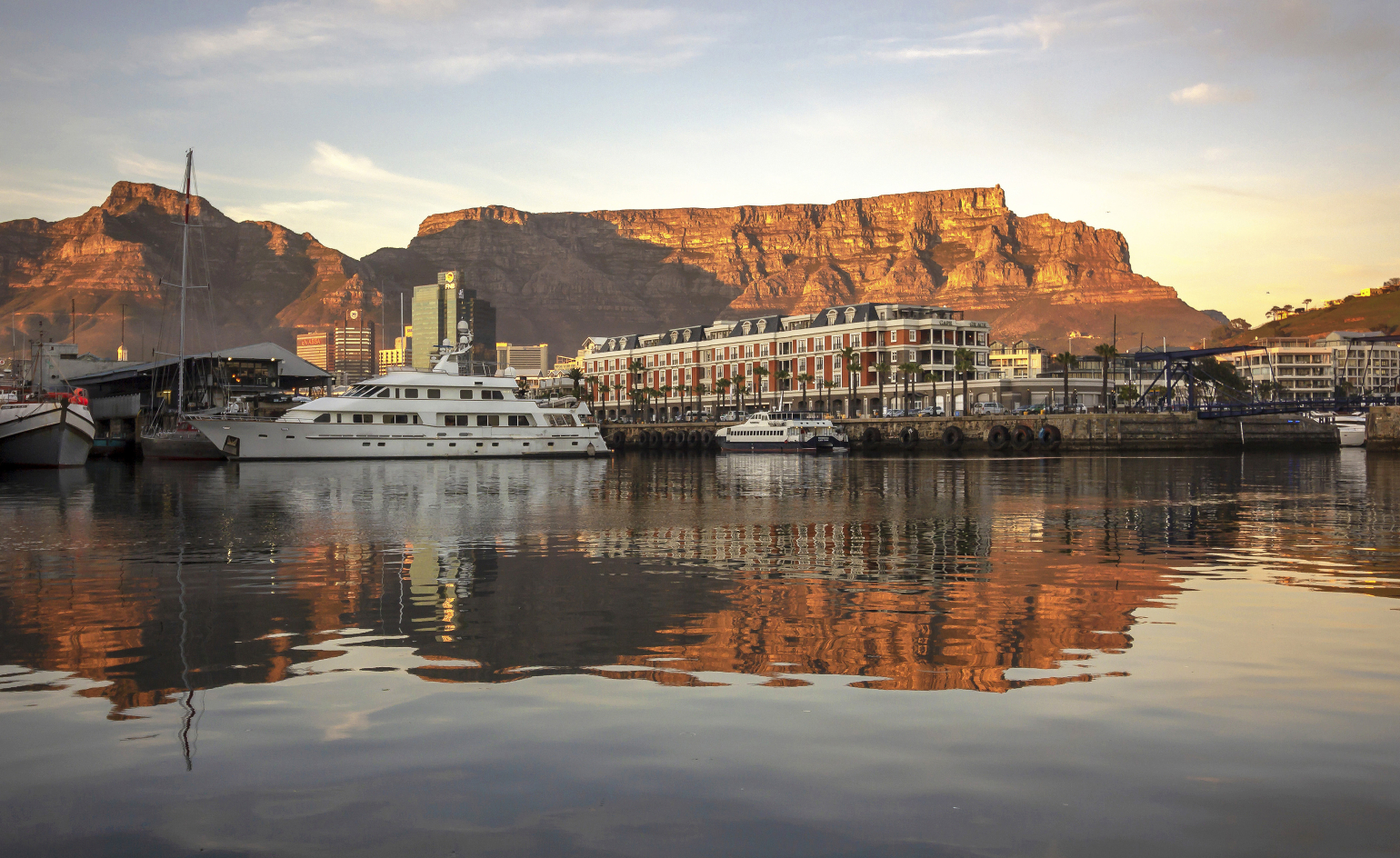 A refreshed Cape Grace hotel embraces the best of South African heritage
A refreshed Cape Grace hotel embraces the best of South African heritageCape Town’s Cape Grace hotel reopens its doors following an extensive and playful renovation by international interior design studio, 1508 London
By Daniel Scheffler
-
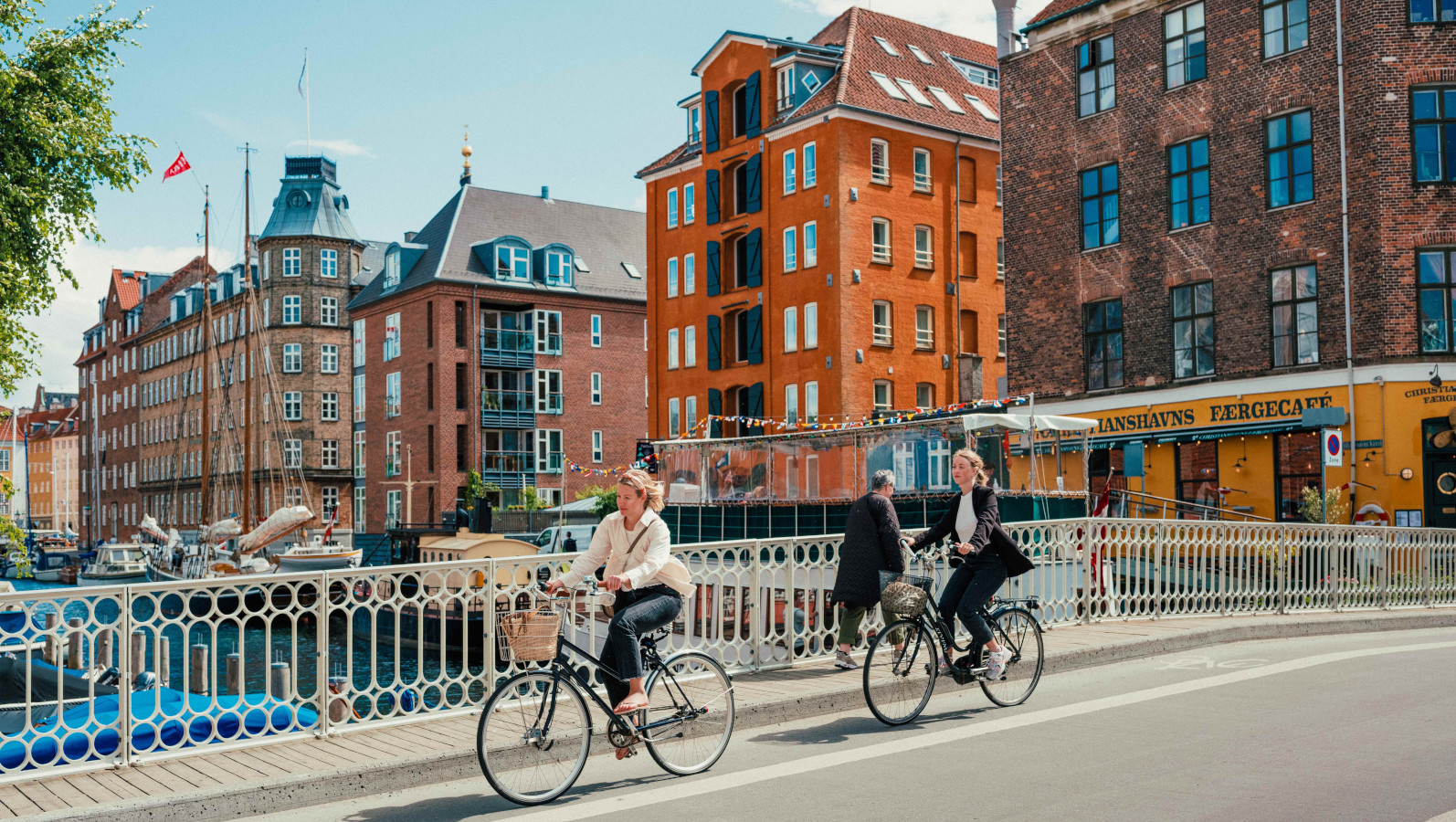 24 hours in Copenhagen: stay, bike, dine, and discover Danish design
24 hours in Copenhagen: stay, bike, dine, and discover Danish designPlan your 24 hours in Copenhagen: sleepover in a former brewery, wake up with a wild swim, and immerse yourself in the home of a modernist master
By Simon Mills
-
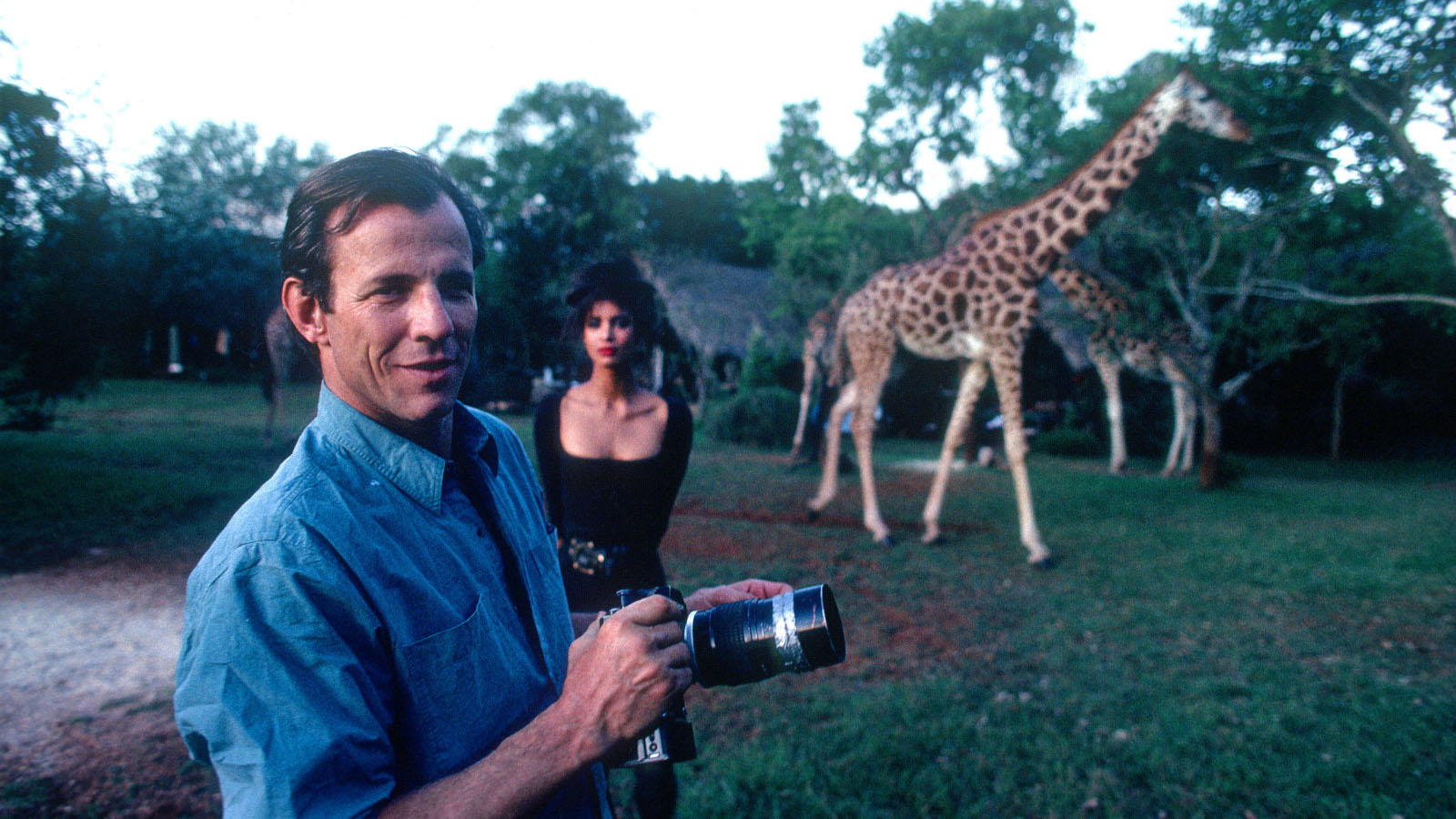 Peter Beard’s biographer, Christopher Wallace, on writing the wild life of the quintessential Twentieth-Century Man
Peter Beard’s biographer, Christopher Wallace, on writing the wild life of the quintessential Twentieth-Century ManAuthor Christopher Wallace traces the footsteps of the original playboy-artist-activist Peter Beard, travelling from Kenya, to the Serengeti, Cassis and beyond
By Christopher Wallace
-
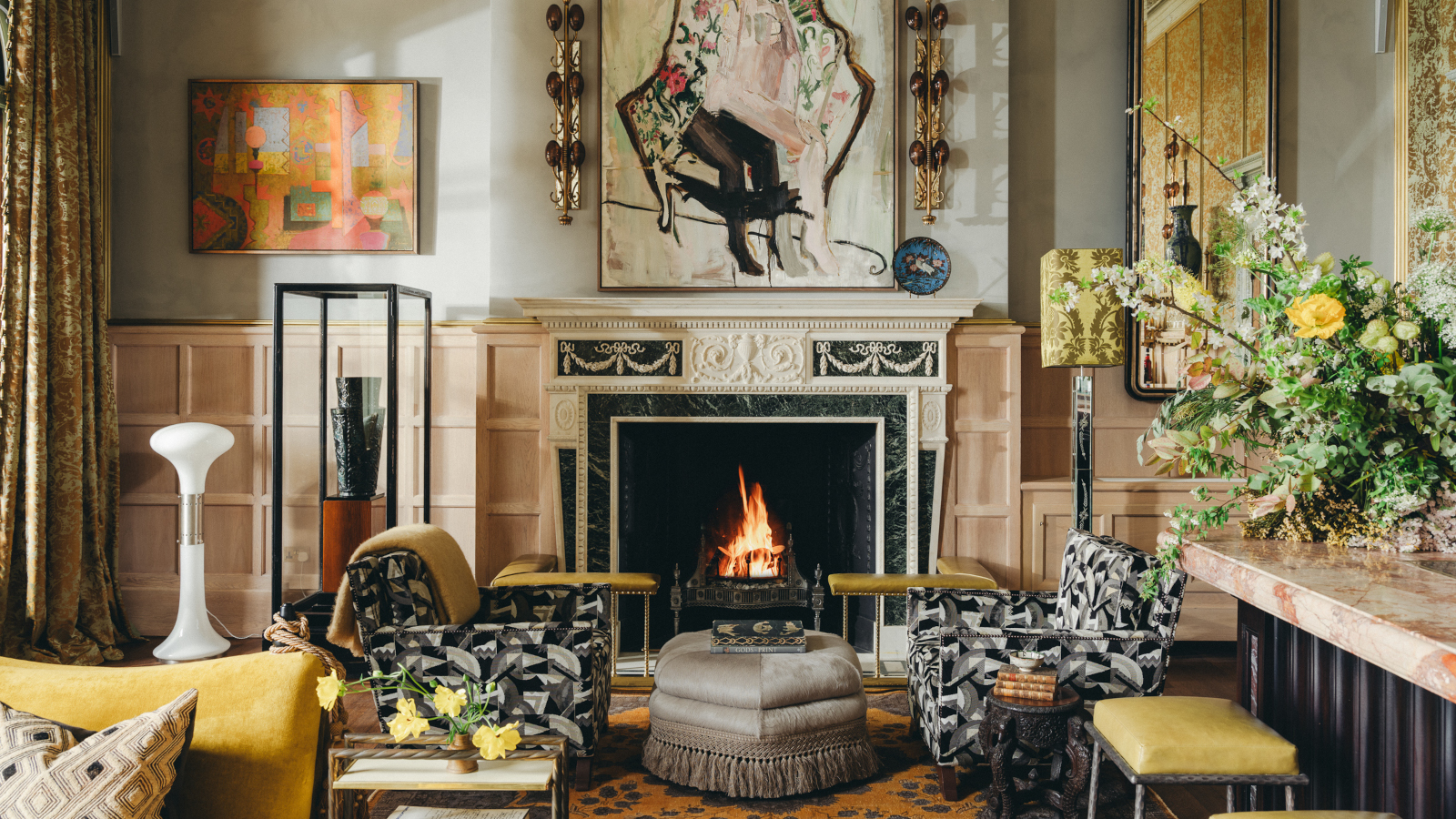 Estelle Manor is a chic take on the hotel and country club
Estelle Manor is a chic take on the hotel and country clubEstelle Manor, a transformed Grade II-listed house and estate in Oxfordshire, welcomes guests with Roman and Williams interiors, parasols by the pool, and a soon-to-open tepidarium
By Henrietta Thompson
-
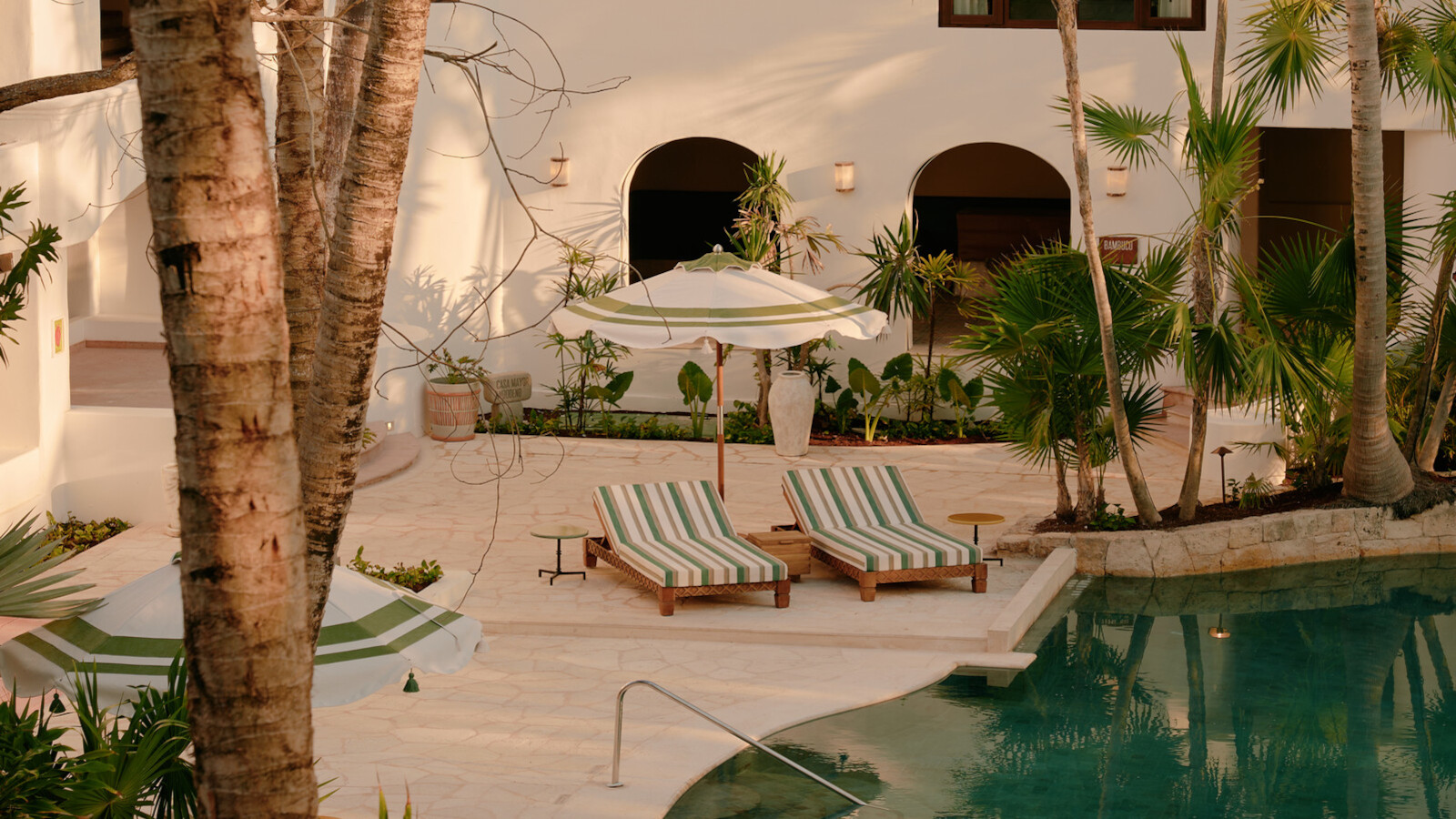 Maroma, A Belmond Hotel, Riviera Maya opens following a major redesign
Maroma, A Belmond Hotel, Riviera Maya opens following a major redesignOn the Yucatán Peninsula, the new-look Maroma showcases local craftsmanship and Mayan tradition with interiors led by interior architecture studio Tara Bernerd & Partners
By Charlotte McManus